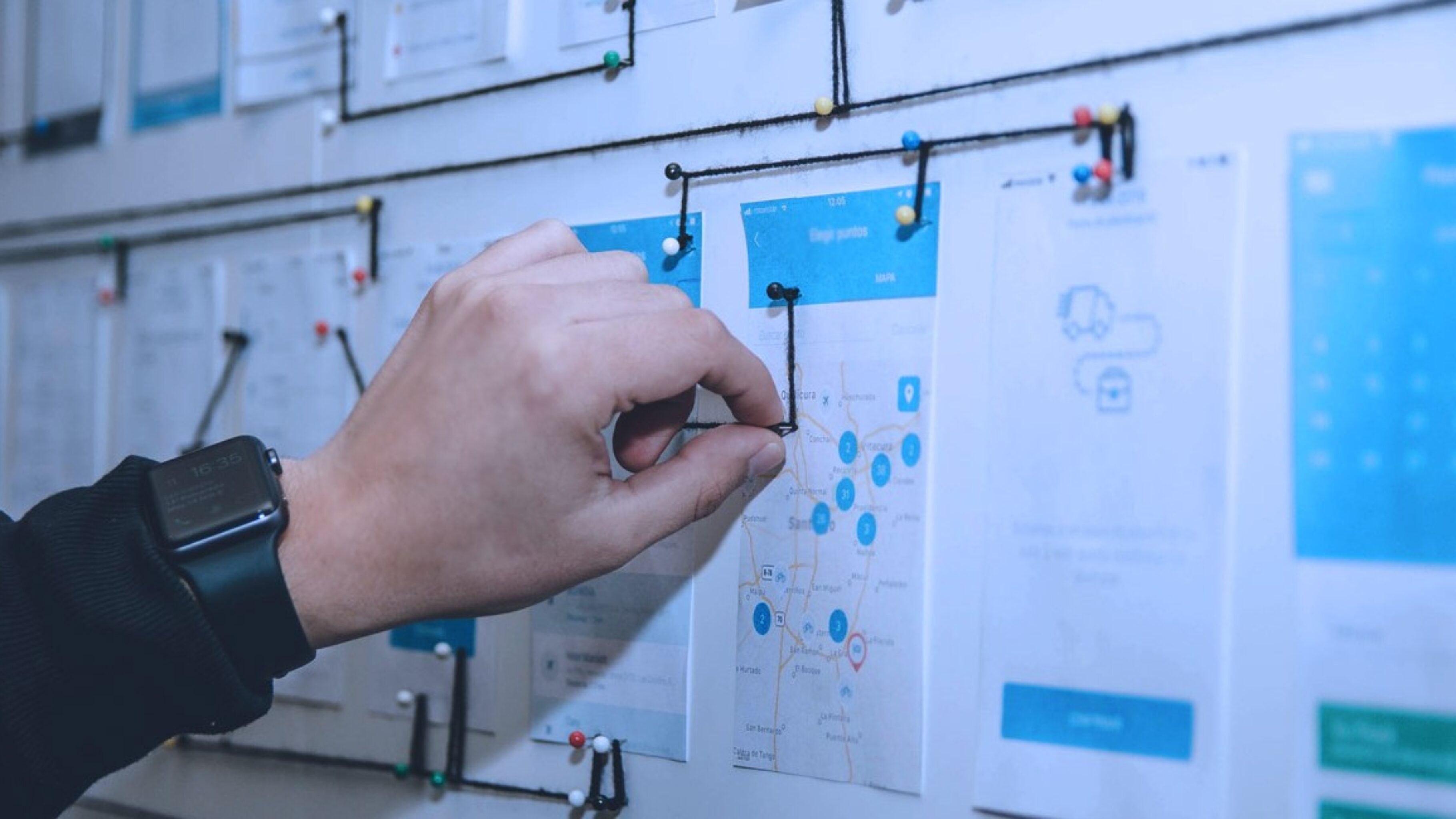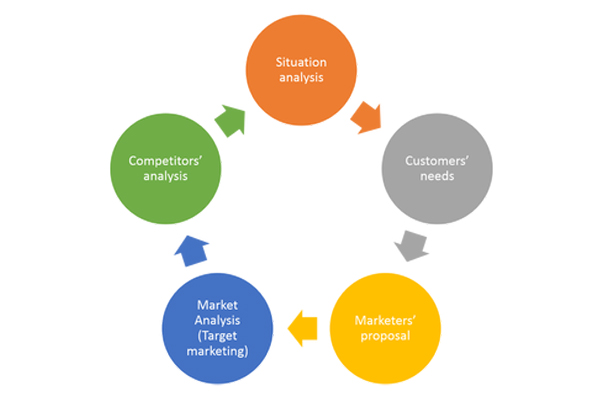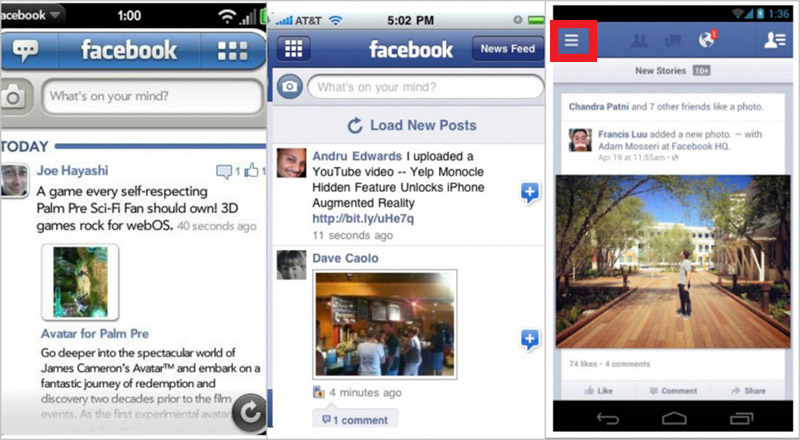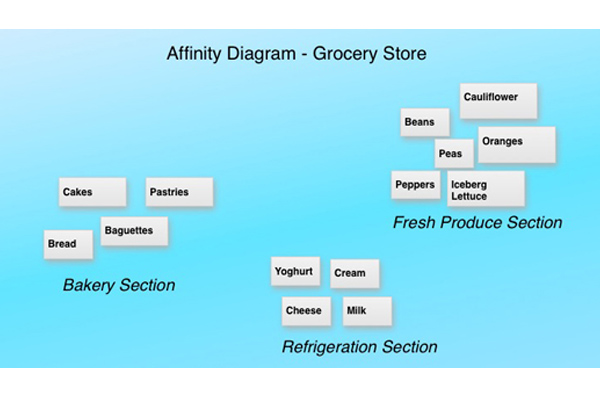Do you know your customer’s Mental Models? Not many do. Indeed, the concept is relatively simple: A Mental Model is what a customer believes about a system –from products, services, brands or the process of purchasing a TV through a payment scheme. It’s about how a customer predicts an experience with a system will play out, how they should prepare and what they should expect.
The Mental Model is born out of experience. How they feel about previous experiences with your system and systems similar to yours, influences how they perceive your business. Every interaction and every piece of branding and literature fuels their assessment of you and defines their mental models.
Even companies which operate on a multinational scale are not immune to this type of thinking and approach from customers. Something to bear in mind when you are creating new designs for your product or trying to revamp who you are as a business is that Mental Models tend to be relatively stagnant. However, consumers would thank you for designing your product with a familiar UX to others like it. Predictability in terms of how a product is used is essential for bringing new customers on board, especially, if your product has a transactional relationship with users.
UX, UI and the relationship with mental models
According to Crazyegg, “Mental models give you a deep understanding of people’s motivations and thought processes along with the emotional and philosophical landscape in which they are operating (…) Once you’ve made your mental models you then use it to understand how your current offerings (e.g. website, storefront) do and do not support people. You can then devise your strategy going forward.“
Let’s take the hamburger menu as an example. In reality, it doesn’t conform to what the customer is used to at all. A customer’s Mental Model causes them to look for a navigation menu on desktop and mobile, in the top of a web page or at the bottom of an app. The Hamburger menu hides the navigation, causing it to be used less frequently by users. However, at some point, users were expecting a hamburger menu, becoming a trend within an app’s user interface design. This proves that some mental models can evolve with time.
Aligning design with human behaviour
Culture has an influence on Mental Models. For example, if we compared website and app design trends in the USA vs China, we can spot certain differences. This is due to the variance of Mental Models that exist amongst customers in the two places. Mental Models are shaped by language and specific cultural habits. In fact, in most cases, functionality is favoured over simplicity and aesthetics in Chinese web design.
Mental Models influence the physical world as well. Customers expect certain products to appear in certain isles of the supermarket and next to other products of a similar kind. This is called “Affinity Diagrams”. These preferences towards where products are located are carried over into the digital world when customers expect items to be found on websites under specific product categories.
So, whether you are focusing on UX or designing an interface, understanding Mental Models in the first instance is crucial. Customers expect control, transparency and brand purpose, this must guide the way you build your apps and webpages.











